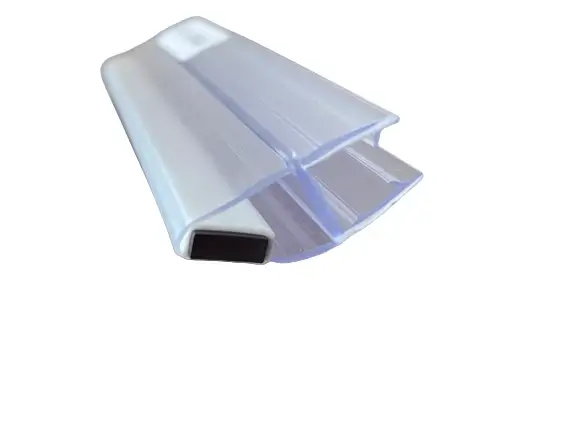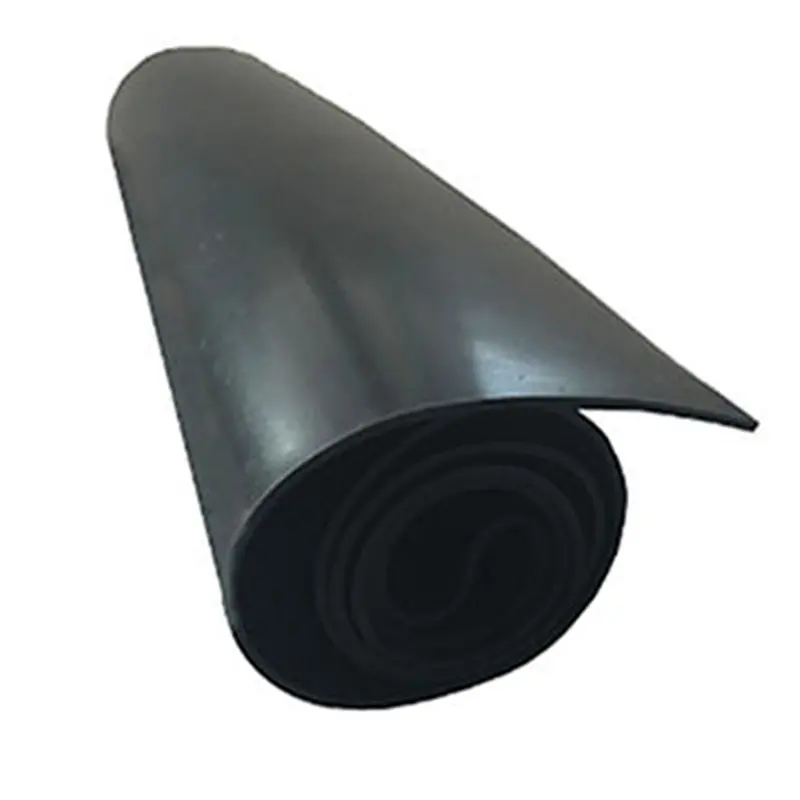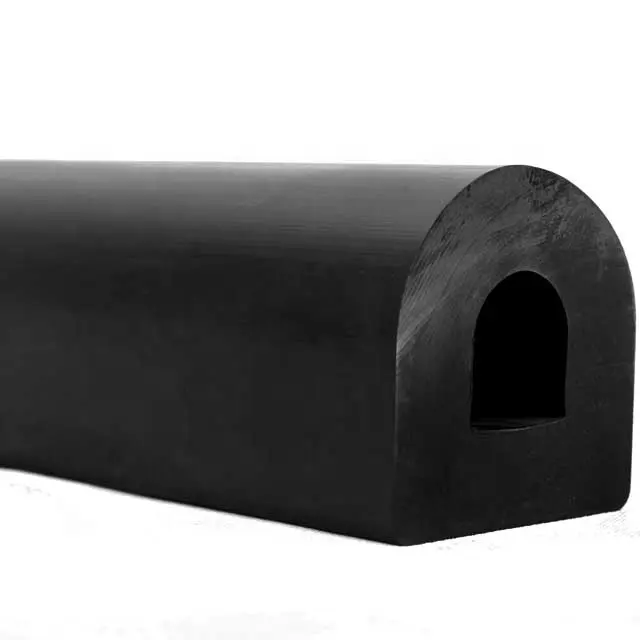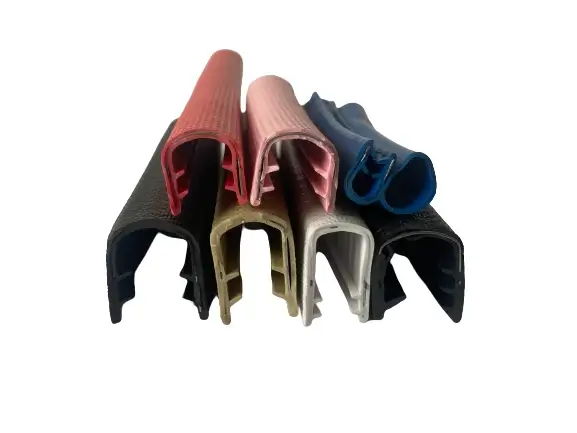Jul . 27, 2024 17:42 Back to list
Exploring Various Styles of Weather Stripping for Different Garage Door Types and Their Benefits
Different Types of Garage Door Weather Stripping
Garage door weather stripping is an essential feature that serves to enhance the efficiency and comfort of your home. Properly installed weather stripping can prevent drafts, moisture, and pests from entering your garage. With various types of weather stripping available, understanding their unique benefits can help you make an informed choice for your garage door.
1. Bottom Seal Weather Stripping
The bottom seal is a vital component designed to seal the gap between the garage door and the floor. Typically made from rubber, vinyl, or aluminum, this type of weather stripping prevents water, debris, and cold air from seeping into the garage. Bottom seals are often installed in a groove at the bottom of the garage door and can be replaced easily if damaged. They come in various thicknesses to suit different floor heights, ensuring a snug fit.
2. Side and Top Weather Stripping
Side and top weather stripping is applied along the vertical edges and the upper portion of the garage door. This type is crucial in preventing air leaks and insulating your garage from the outside elements. Generally made from rubber or foam, these strips compress when the door closes, creating a tight seal. Many homeowners opt for a V-shaped or T-shaped design, which can better accommodate the movement of the door while maintaining an effective barrier against wind and water.
3. Garage Door Threshold Seal
different types of garage door weather stripping
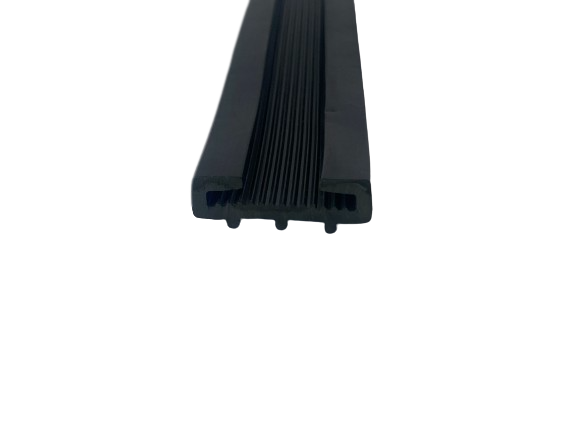
A threshold seal is installed on the garage floor where the door meets the ground. This type of weather stripping creates an additional barrier to keep out moisture, dirt, and pests. Consisting of a durable rubber material, the threshold seal is ideal for garages that are prone to flooding or heavy rainfall. It provides a robust defense while creating a smooth surface that minimizes wear and tear on the bottom of the door.
4. Foam Weather Stripping
For those seeking a budget-friendly option, foam weather stripping is an excellent choice. This type of weather stripping is lightweight and easy to cut, allowing for quick installation. Foam strips can be used on the sides, top, or bottom of the garage door. Although they may not offer the same longevity as rubber or vinyl options, they effectively reduce air leakage and improve insulation, making them suitable for mild climates or temporary fixes.
5. Magnetic Weather Stripping
Some homeowners may prefer a more innovative solution, such as magnetic weather stripping. This type utilizes magnetic strips that adhere to the garage door and the frame, sealing gaps effortlessly. Magnetic weather stripping is particularly easy to install and remove, making it ideal for those who need to adjust their door frequently. The strong magnet creates a robust seal that effectively blocks out air and moisture, ensuring your garage remains comfortable year-round.
Conclusion
Choosing the right type of weather stripping for your garage door is crucial for maintaining a comfortable and energy-efficient environment. Each type has its advantages, whether it be the durable protection offered by rubber, the budget-friendly nature of foam, or the convenience of magnetic strips. Assessing the specific needs of your garage—such as climate, potential flooding, and the frequency of door use—will guide you in selecting the best weather stripping solution. By investing in quality weather stripping, you can protect your garage against the elements, reducing energy costs and enhancing your overall living space.

